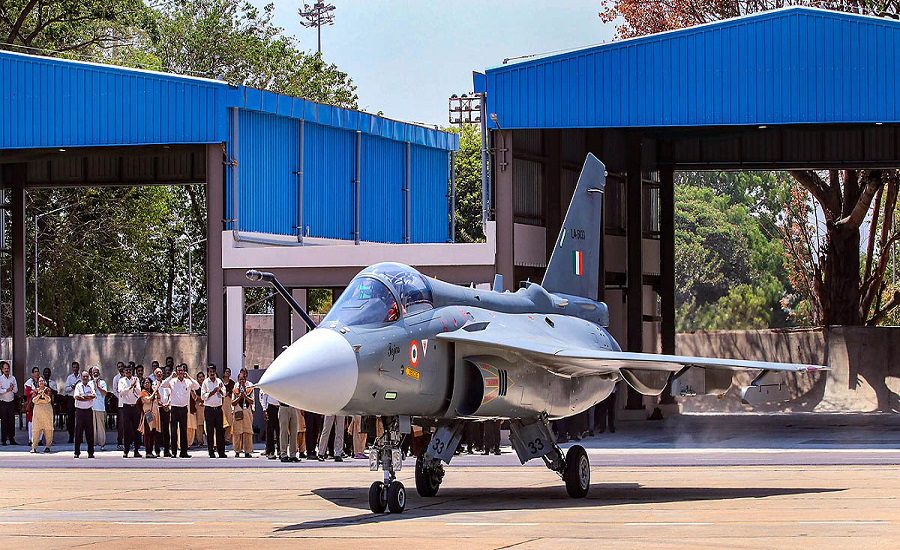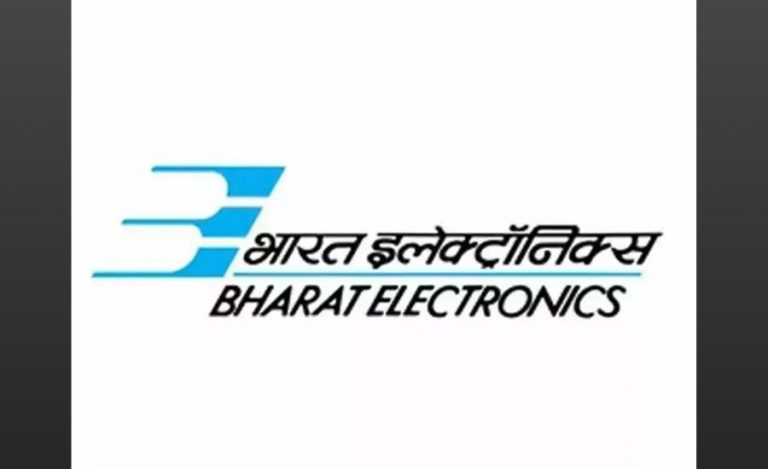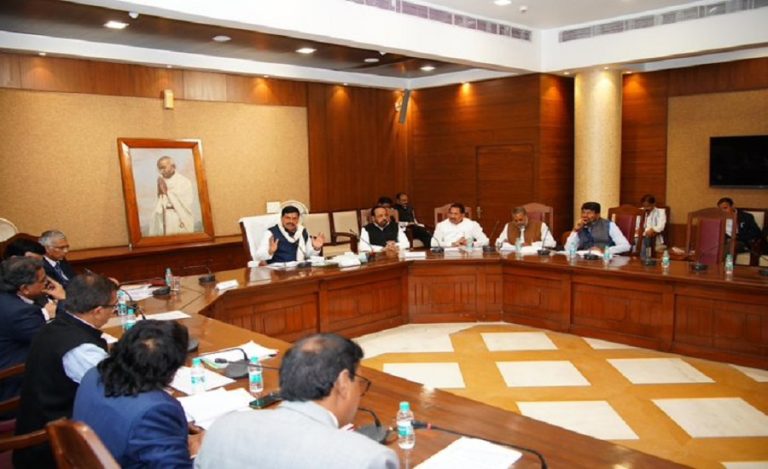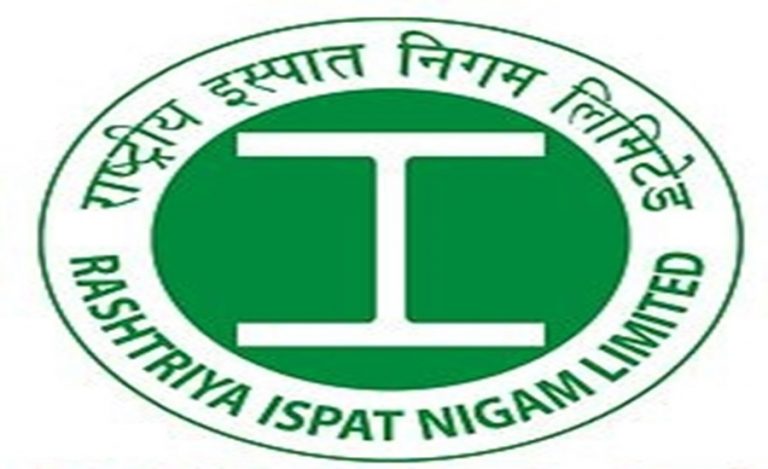Nashik, Maharashtra: In what is being hailed as a watershed moment for India’s defence manufacturing ecosystem, the Indian Air Force (IAF) is scheduled to receive its first two indigenous Light Combat Aircraft (LCA) Tejas Mk1A fighter jets on October 17, 2025, at the Hindustan Aeronautics Limited (HAL) facility in Nashik, Maharashtra.
The historic handover ceremony will be graced by Defence Minister Rajnath Singh, who will witness the culmination of years of dedicated development under the Atmanirbhar Bharat initiative.
Game-Changer for Indian Defence Manufacturing
This delivery marks a significant breakthrough in India’s quest for self-reliance in defence production.
The Tejas Mk1A program represents the next generation of indigenous fighter aircraft technology, featuring substantial upgrades over its predecessor.
The ceremony at HAL’s Nashik production facility will not just be a formal handover but a celebration of India’s growing technological prowess in aerospace engineering.
Defence Minister Singh is expected to interact with the production team and review the manufacturing capabilities at the facility.
Overcoming Production Challenges
The journey to this historic moment hasn’t been without hurdles. Production faced considerable delays primarily due to a critical shortage in the supply of GE-404 engines from the United States. However, recent shipments of these engines have enabled HAL to overcome the bottleneck, allowing the Nashik plant to accelerate production.
The facility has successfully ramped up its manufacturing capabilities to meet delivery commitments.
As of August 2025, HAL had completed 11 Tejas Mk1A single-seaters and nine trainers. With this October delivery, the momentum is expected to build significantly, with HAL targeting delivery of 12 aircraft in 2025 and additional units by March 2026.
Strategic Importance of the ₹48,000 Crore Contract
The delivery is part of a landmark ₹48,000 crore contract signed in February 2021 for 83 Tejas Mk1A aircraft.
This includes 73 fighters and 10 trainers, making it one of the largest indigenous defence procurement programs in Indian history.
The contract, initially expected to see deliveries begin in March 2024, faced delays. However, the October 17 handover signals that HAL is now firmly on track to meet its revised delivery schedule.
Industry experts believe this marks the beginning of a new production phase that will see consistent aircraft deliveries to the IAF over the coming years.
Advanced Capabilities of Tejas Mk1A
The Tejas Mk1A represents a quantum leap in capabilities compared to earlier variants. The aircraft features:
- Advanced Active Electronically Scanned Array (AESA) radar for superior detection capabilities
- Enhanced electronic warfare suite for better survivability
- Improved weapons carrying capacity
- State-of-the-art avionics systems
- Digital cockpit with modern displays
- Increased indigenous content exceeding 50%
The fighter jet is powered by the General Electric F404-IN20 engine, which provides excellent thrust-to-weight ratio and reliability.
The aircraft’s reduced maintenance downtime and low lifecycle costs make it an economically viable solution for the IAF’s operational requirements.
Nashik Facility: The New Production Powerhouse
The HAL Nashik facility has emerged as a critical production hub for the Tejas program. Employing over 2,200 personnel including engineers, technicians, and aerospace specialists, the facility reflects India’s growing sophistication in aircraft manufacturing.
The plant leverages advanced manufacturing techniques and streamlined processes to enhance production efficiency. Initial production capacity is set at 16 aircraft annually, with plans to scale up to 24 aircraft per year as operations mature.
HAL is also planning a second production line at Nashik to further ramp up capacity from 24 to 32 aircraft annually, demonstrating the company’s confidence in meeting growing demand.
Atmanirbhar Bharat Vision Taking Flight
The Tejas Mk1A program is a cornerstone of Prime Minister Narendra Modi’s Atmanirbhar Bharat (Self-Reliant India) initiative in the defence sector.
The aircraft incorporates numerous indigenous systems and components, reducing dependence on foreign suppliers.
From flight control systems to avionics, brake systems to landing gear, Indian companies have contributed significantly to the aircraft’s development.
This has created a robust ecosystem of small and medium enterprises supporting the aerospace sector.
The program has generated thousands of jobs and established India as an emerging player in the global aerospace industry.
With export potential to several countries, the Tejas family could become a significant revenue generator in the coming years.
Future Roadmap and Expansion Plans
Beyond the current order of 83 aircraft, the IAF and HAL are poised to finalize a second order for 97 additional Tejas Mk1A fighters.
This order, valued at approximately ₹67,000 crore, is expected to be signed by the end of 2025.
The combined orders will take the total Tejas Mk1A procurement to 180 aircraft, providing the IAF with a substantial fleet of modern, indigenous fighter jets.
Additionally, work is progressing rapidly on the Tejas Mk2, a more advanced medium-weight fighter that will feature greater payload capacity, improved range, and enhanced performance. The Mk2 is expected to roll out by late 2025, with first flight planned for 2026.
Strategic Impact on IAF’s Combat Capabilities
For the Indian Air Force, which has been grappling with depleting squadron strength, the Tejas Mk1A deliveries come as a much-needed boost.
The aircraft will help bridge the gap in fighter squadrons and provide the IAF with a reliable, cost-effective combat platform.
The Tejas Mk1A will be deployed for air defence, ground attack, and maritime strike roles. Its ability to operate from high-altitude airfields makes it particularly valuable for operations along India’s northern borders.
Air Force officers have praised the aircraft’s handling characteristics, modern avionics, and maintenance-friendly design, factors that will enhance operational readiness.
Way ahead: A Red-Letter Day for Indian Aviation
October 17, 2025, will be remembered as a red-letter day in India’s aviation history. The handover of the first two Tejas Mk1A fighter jets symbolizes India’s emergence as a mature aerospace nation capable of designing, developing, and manufacturing complex military aircraft.
As Defence Minister Rajnath Singh presides over the ceremony at HAL Nashik, it will mark not just the delivery of two aircraft, but the validation of decades of investment, research, and determination to achieve self-reliance in critical defence technologies.
The journey from conception to delivery has been long and challenging, but as these indigenously-built fighters take to the skies, they carry with them the aspirations of a nation determined to stand on its own in matters of defence.



























